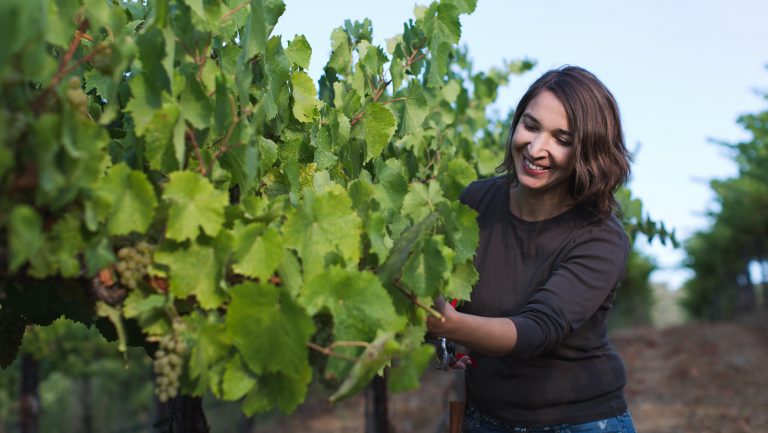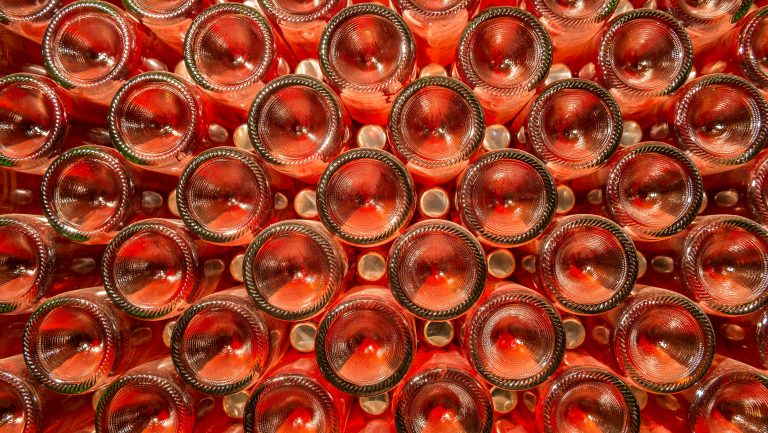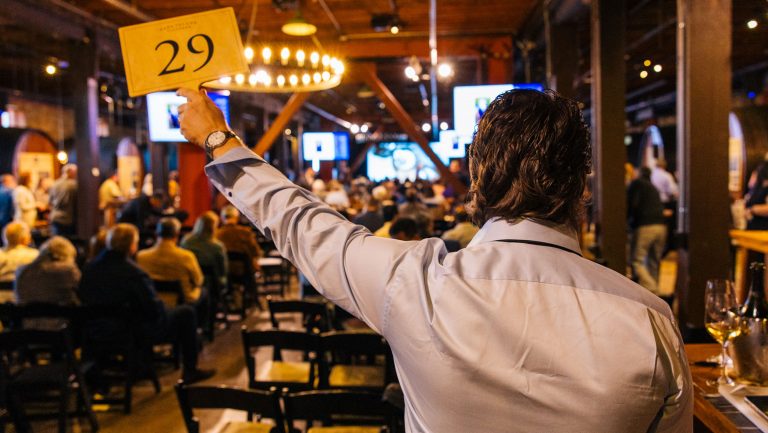The all-Spanish wine list at the restaurant Taberna de Haro in Boston features more than 300 selections. But there’s one Gran Reserva from Rioja of which chef and owner, Deborah Hansen, is particularly protective. She only has three bottles left of the most recent vintage, which is the 2000. The next vintage, the 2008, may or may not be released next year, depending on the winemaker’s whim.
“The flavors to me are like porcini and iodine and dried roses,” Hansen says, sighing dreamily when asked to describe the wine. “It both broods and shines. The acidity is still intact, but it kind of seethes with funkiness and dark, savory aromas.”
The Rioja in question is the 2000 R. López de Heredia Viña Tondonia Rioja Gran Reserva Rosado. Yes, that’s right—it’s a rosé. And for Hansen, it’s an easy sell at $150 a bottle. “Nobody asks about it,” she says, “except wine geeks who understand that it’s rare and unusual.”

Don’t miss the latest drinks industry news and insights. Sign up for our award-winning newsletters and get insider intel, resources, and trends delivered to your inbox every week.

A 17-year-old still rosé may not be rare on wine lists for much longer, however. As still rosé sales continue to blossom in the United States, there is increasing interest in upper-echelon pale wines that will improve with age. “It’s a top-of-category thing. People are looking for rosés that are more interesting—special rosés that they can sell for a higher price,” says Neil Rosen, producer liaison for the importing company Rosenthal Wine Merchant. “There are people who put them away … but it’s not infanticide to be drinking them right off the bat.”
The tech sheets for these high-end pinks read like recipes for age-worthy reds and whites: old-vine fruit, whole-cluster and native-yeast fermentation, barrel age, malolactic fermentation, lees stirring. There is a European precedent for treating rosé so deferentially (see sidebar), and a new movement among American winemakers is following suit.
Faith Armstrong Foster, winemaker and owner of Onward Wines and Farmstrong Wines in Napa, California, was an early adopter of the application of such traditional techniques to rosé. “I’m a UC Davis–trained winemaker, but a lot of my decisions are based more on heart and opinion than chemistry,” she says with a laugh. Her 2010 rosés, she says, are delicious right now: “The fresh fruit subsides but it has more honeyed, floral complexity.”
But when Armstrong Foster first brought her wines to the New York market five years ago, she encountered resistance. “The buyers wanted the rosé on the dock the first week of February,” she recalls. “I said, ‘I haven’t bottled my rosé by that time. I can’t change the process just to get it to you.’ Then people didn’t want it unless it was discounted because they thought it was off-vintage. … It has been an uphill push.”
A major turning point for high-end rosé came in May 2014, when a single bottle of 1995 Sine Qua Non Queen of Hearts California rosé sold at auction for a record-breaking $42,000. Overnight, oenophiles were talking about pink wine’s collectibility.
Today, the Queen of Hearts is valued at close to $100,000, according to wine-searcher.com. The release appears to have been a one-off, but fans have turned their attention to a former Sine Qua Non winemaker, Maggie Harrison, now at Antica Terra in Oregon’s Willamette Valley. Harrison waits until midferment to press her Pinot Noir juice off the skins and ages the wine on the lees for a year in barrel.
The result, called Angelicall, is nothing like the rosé you’ve been sipping on your patio. It’s a cult favorite that shows best at least three years after the vintage date. The color of faded red velvet, it’s redolent of dried rose petals, leather, cloves, and allspice. The 2013 vintage is currently listed at Aldo Sohm Wine Bar, the sibling to Le Bernardin restaurant in New York, for $210 per bottle.
For her part, Armstrong Foster makes three rosés, one of which is a pétillant naturel of Pinot Noir. Her signature bottling is her single-vineyard Onward Rosé of Pinot Noir, sourced from Hawkeye Ranch in Mendocino’s Redwood Valley. You can still find the 2015 on restaurant wine lists next to 2016s from other producers, and that’s exactly the way the winemaker likes it.
“My goal is to be finishing selling through the previous vintage through the spring and then launching the next vintage,” says Armstrong Foster. “I’m trying to make a wine that’s more balanced and stable—a year-round rosé. You have to be patient.”

Dispatch
Sign up for our award-winning newsletter
Don’t miss the latest drinks industry news and insights—delivered to your inbox every week.
Katherine Cole is the author of four books on wine, including Rosé All Day. She is also the executive producer and host of The Four Top, a James Beard Award–winning food-and-beverage podcast on NPR One. She is currently working on a fifth book, Sparkling Wine Anytime (Abrams), to be published in Fall 2020.







